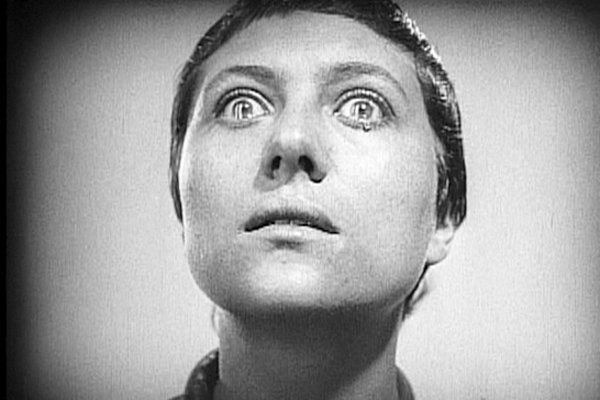The Power of the Human Face in Photography
“The Smile of Hope” by Arpan Basu Chowdhury
Think of your loved ones. Take a minute or two and close your eyes: What do you see? Whom do you see? What about them do you see?
I’d be willing to wager names didn’t come to your mind first but rather faces. That’s the power of faces. They can represent how we experience an entire person: their quirks, their sense of humor, their favorite meals. Faces are powerful.
If not explicitly, you know this implicitly. Chances are your favorite movie makes strategic use of the “close-up,” the tight framing of (often) a face, in its strongest emotional moments. Photographers and filmmakers have long recognized that emotions can be easily interpreted and felt through faces. More importantly, the human face had an important role to play in cinema’s role as “a machine that generates empathy,” to use the words of Pulitzer Prize winning film critic Roger Ebert.
There is something fundamentally human about the face. They see through cultural, linguistic, ethnic, and religious differences. Emmanuel Levinas, a Lithuanian-French Jewish philosopher who lived through the Holocaust, perceived something even more profound—though simple—in the faces of others. “The first word of the face is ‘Thou shalt not kill,’” he famously claimed. The face, according to Levinas, even sees through hatred and violence.
“Photography records the gamut of feelings written on the human face.”
Faces are powerful, so try to make use of them in your photography. Not every photograph needs to be a close-up—that would be pretty boring, actually—nor does every good photo require a human subject. In fact, only one of our five contest finalists prominently features a face. But there are many ways faces can help you take more interesting photos. Here are a few.
The face as “empathy machine.”
We know the face holds a profound ability to communicate emotion. Through the face of others, our own eyes have the chance to feel through the other’s experience. If there’s a big emotion you want a photo to convey or a cause that you want to generate energy for, consider using the faces of actual people as a way to provoke the emotion you want to capture.
Memorability.
One of the most famous and influential close-ups in the history of film: the tears of the titular saint in The Passion of Joan of Arc (1928).
The most famous painting in the world is likely Leonardo da Vinci’s La Gioconda, or as most know it, the Mona Lisa. The painting is a rather simple portrait of Lisa Gherardini, an Italian noblewoman from Florence who is known by the general public (if at all) as the subject of the famous painting. It’s not entirely a coincidence that a portrait is the world’s most recognizable painting. Researchers at Cedars-Sinai Medical Center found a relationship between the part of the brain involved in the memory process and faces. In their study, the area of the brain responsible for memory-making showed a stronger response to human faces than to other objects.
If you have an Instagram account, scroll on the app for five minutes. A few hours later, write down the images you can most clearly recall. How many prominently feature faces?
If your goal is to create memorable photos, including human faces in some of your snapshots might be an excellent place to start.
To build trust.
Capturing a photo of a consenting subject requires first recognizing them as a human person. In an appropriate situation, this can even build trust between the photographer and the one being photographed. Refugee activists Alexander and Celeste Huang, for example, use photography as a means of seeing those who feel unseen. The refugees they work with usually have no material possessions of their own, including family photographs. Having a third party take interest in them and their lives can often be empowering, as the Huangs note. The camera helps them to feel seen, to feel cared about.
An important consideration in photographing human faces is consent. Without the consent of the one being photographed, pictures don’t build trust; they erode or betray it.
If you snap a quick, candid photo of someone without their knowledge beforehand, we recommend showing them the photo and asking for their consent after snapping it. If they do not give their consent, delete the image and thank them for their time.
Our blog next month will go more in-depth into the ethics of photovoice and photography. Stay tuned!


